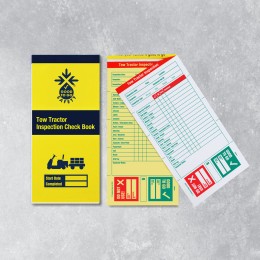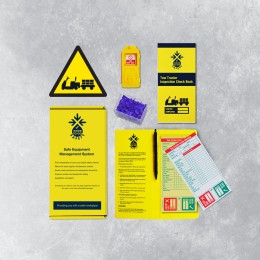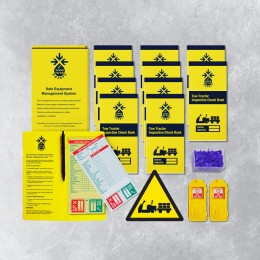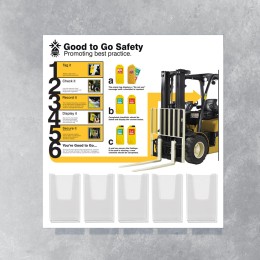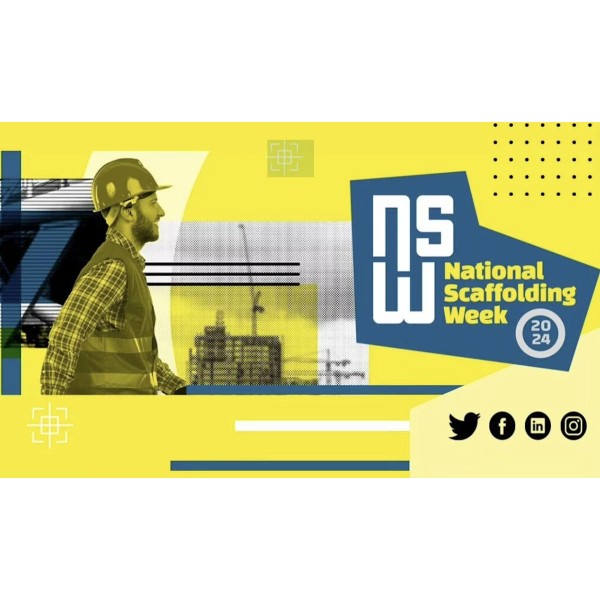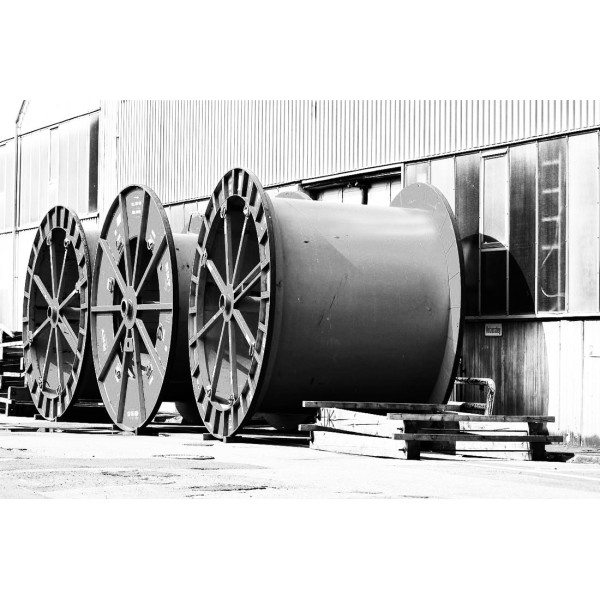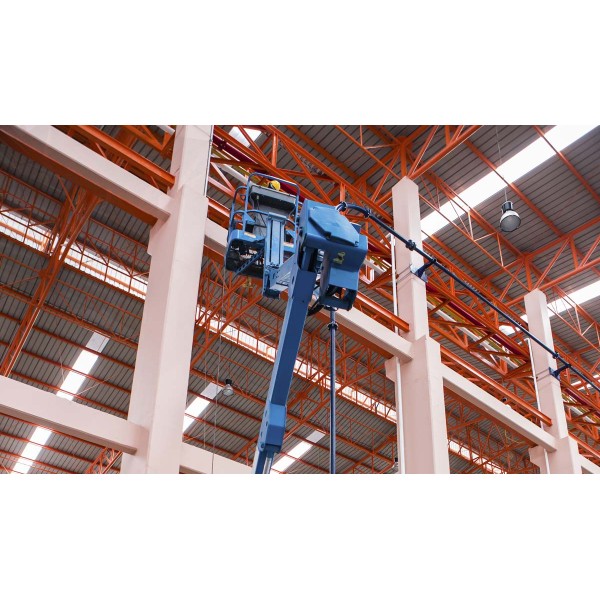Tow Tractor Inspections - Workplace Inspection Checklists
A fully laden tow tractor and trailer can pull some serious tonnage
The efficiency of transport processes with tow tractors and tow tugs is proven in difficult areas. Narrow aisles, small loading areas, steep ramps or uneven surfaces can make smooth operation difficult with alternative methods
Whilst the ability to tow multiple trailers can significantly reduce traffic and improve material flow in busy environments. With more companies using tow tractors and trailers to provide greater throughput, leaner production processes and minimising journey times/distances the need to ensure they remain in good working order is more critical than ever. There are many options available, ranging from smaller pedestrian-controlled tow tractors to large platform tow tugs and even robotic autonomous tow trucks.

Industrial trucks account for a large proportion of accidents in warehouses. Many of these accidents are due to operator error associated with inadequate or lack of training. There are however, other reasons for truck accidents, including unsuitable premises, poor layout and design of truck operating areas and poor truck maintenance. Employers using trucks should therefore adopt safe systems of work (eg for training employees, procedures for traffic and pedestrian movement, and for control and maintenance of trucks). They should not only consider the truck components but also the route the truck is going to be travelling on to ensure it arrives safely to its destination.
Tow tractors require inspection under the Provision and Use of Work Equipment Regulations 1998 (PUWER) and our checklist system can help companies to meet those responsibilities.
Simply attach a tag to the tow tractor in a position for maximum visibility and then use the check book to carry out a pre-use inspection. Remove the top copy of the completed checklist and place inside the tag (a duplicate NCR copy is retained in the book for management/maintenance records). The tag will clearly advise users if a fault has been found and indicate a “Do Not Use” message, or if all checks were satisfactory than users will be advised that the truck is “Good to Go”.
The frequency of inspection will be dependent on findings of a risk assessment with a bare minimum of an annual inspection required. In areas of daily use, in harsh environments or high risk of collisions then the frequency of inspection may be increased to monthly, weekly, or daily checks. The Good to Go Safety check book is totally flexible to meet your needs and includes essential component checks for the truck, trailers, platform, cab and route to ensure it can be used for inspecting a wide range of varying types of trucks.
Tow Tractor Inspection Books - 25 Checklists
A fully laden tow tractor and trailer can pull some serious tonnage so pre-use equipment checks of brakes, tyres and loads (amongst others) will help ..
£6.20
Tow Tractor Inspections - Weekly Checklist Kit
A fully laden tow tractor and trailer can pull some serious tonnage so pre-use equipment checks of brakes, tyres and loads (amongst others) will help ..
£37.10
Tow Tractor Inspections - Daily Checklist Kit
A fully laden tow tractor and trailer can pull some serious tonnage so pre-use equipment checks of brakes, tyres and loads (amongst others) will help ..
£109.50
Inspection Information Station
The information station will provide your workplace with the ideal central location to store inspection check books. Organising your inspections an..
£233.20
Inspection Wallet and Pen
A handy wallet that not only provides additional protection from the elements but also gives inspectors a solid writing surface to complete inspection..
£6.20
Weather Resistant Inspection Holder
These industrial strength pockets have a press seal fastening to keep important documents clean and dry. An ideal solution for storing check books, in..
£6.31
Inspection Book Dispenser
Allow the storage of checklists in a central location for quick and easy access to important inspection checklists. Provide workers with the ideal ..
£13.25

